Live Review: Parker Quartet Breaks Out the Library of Congress’ Stradivari (2009.12.18)
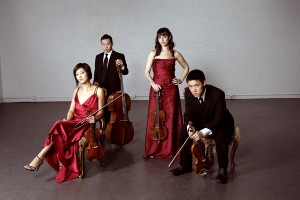 Every year, some lucky players get to borrow Ms. Gertrude Clarke Whittall’s Library present of three violins, a viola, and a cello from the unbeatable maker Antonio Stradivarius for the night. This year, the young New Englanders Parker String Quartet, with their rock-solid lyricism, won the prize. Best of all, the concert is always free.
Every year, some lucky players get to borrow Ms. Gertrude Clarke Whittall’s Library present of three violins, a viola, and a cello from the unbeatable maker Antonio Stradivarius for the night. This year, the young New Englanders Parker String Quartet, with their rock-solid lyricism, won the prize. Best of all, the concert is always free.
I’ve heard this up-and-coming quartet play one concert a year in the D.C. area since 2007. Each concert trumps the one before. The program always has one adventurous treat – say Leoš Janáček’s “Kreutzer Sonata” – thrown in between two stalwarts of string repertoire. Usually Franz Joseph Haydn makes one flank.
Tonight was no exception. Enter Haydn’s Quartet in C Major, op. 20, No.2. The musicians in Parker play like explorers, not simply performers. And that makes a world of difference. Should I hear Emerson play this, I’d think it a shame you can’t fast-forward players on a stage to strike up the good bits. With Parker, I’m alert and ready to be taught how Haydn should be treated. To open the Moderato, violinists Daniel Chong and Karen Kim offered excellence in drawn-bow precision – a unison I’ve never witnessed in another quartet. The perfection is gripping.
Cellist Kee-Hyun Kim spices it up with some riot-spunk to his bowmanship. The Capriccio: Adagio comes across as crisp as a songbird on an autumn morn (I do love Strads!). The Minuet to the Fuga a Quattro soggetti was made as light and playful as Mozart. This dewy-fresh delivery really wakened the ears. In this work, Parker found and embellished curiosity upon curiosity, like blowing dust off an old cabinet of wonders.
Now the part I (and maybe three other audience members) had been waiting for: Henri Dutilleux’s Ainsi la nuit (Thus the Night). I had the rare treat of hearing the 93-year-old composer’s work (conducted and celebrated as only the French know how) back in 2006. The composer himself came up onstage in the Radio France recording studio, so tremulous and overcome with emotion and age that he had to grip the soloist’s arm for bow after bow, as the packed house clapped in unison. More programs should honor him. Alas, in America, that may demand his death first.
Parker rallied for the cause admirably. Ainsi la nuit is not your traditional quartet. Dutilleux used Anton Webern’s Six Bagatelles as his template “to get up to speed” – since this was HD’s first quartet. The Julliard Quartet first premiered this work on the selfsame Library stage back in 1978. Four Parentheses join a fluid kaleidoscope of nocturnes, litanies, and atmospheres. To hear it, is to enter an old haunted house under a full moon and open it door by door. The listener is Bluebeard’s bride, spellbound and rapt. Never has a young quartet shown me this level of risk-taking and intuitive trust in their playing.
The first Nocturne took us on a forboden slide into a firecracker burst of pizzicato. The Parenthese gave up the delighted doom of an impending accident in a traffic jam. Some of the strongest work in the piece came from Karen Kim’s second violin. She kept a kind of gossamer plumb line dropping into the darkness that held the transitions together until new tension would toss it back up again. As promised by the final movement’s title, Temps suspendu, time suspended.
After the sharp-edged bow-work of the Dutilleux, Karen Kim melted expressively into the opening Allegro of Beethoven’s late quartet series opener: Quartet in E-Flat Major, op. 127. In the second movement, the cellist really pulls his weight, resounding deeply as a fierce Romantic (thanks in no small part to his superior instrument). But only in the Scherzando do you realize aurally where Beethoven will go with the rest of the late quartets, the best work of his life. Parker held it back like a rich secret and let it strike, before running off into a finale that was utterly precise without a hint of showiness.
Nothing can go wrong when you put the world’s greatest instruments into the hands of bold, young musicians.
Related posts
- Takács, Muzsikás and Márta Sebestyén Quake Library of Congress StageLet me begin by admitting I’m in love with violinist...
- Live Review: SONAR @ the George Peabody Library (2009.05.20)Barred from using any concert hall — since Peabody shut...
- Live Review: Confront Bartók’s War-torn Burlesque Quartet – Cavani by CandlelightCavani String Quartet is a rare all-female ensemble. Going strong...
- Live Review: John Adams with the NSO; Leila Josefowicz Breaks Out Six String Electric Violin (2010.05.20)Leila Josefowicz kicks arse. She broke out the “Violectra” for...
- Live Review / Preview: An Die Musik presents 3-Part Haydn/Mendelssohn Fest (2009.07.09)Philadelphia Camerata Orchestra‘s goodwill tour hit B-more with its first...





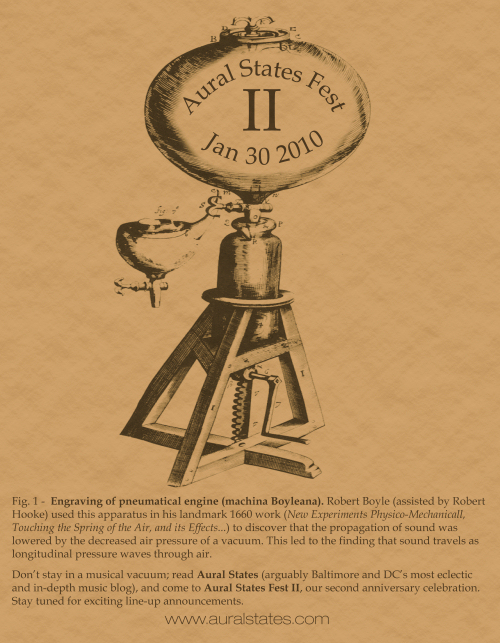
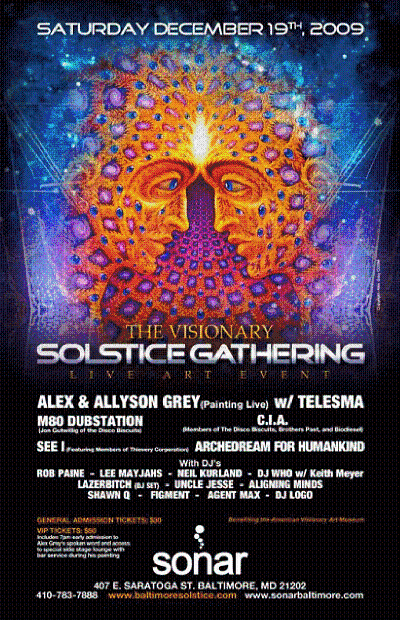










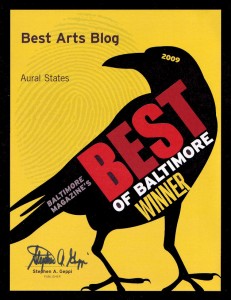


 Double Dagger: Masks EP
Double Dagger: Masks EP Pfisters: Narcicity
Pfisters: Narcicity Lizz King: All Songs Go To Heaven
Lizz King: All Songs Go To Heaven Imperial China: Phosphenes
Imperial China: Phosphenes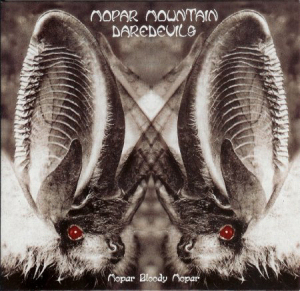 Mopar Mountain Daredevils: Mopar Bloody Mopar
Mopar Mountain Daredevils: Mopar Bloody Mopar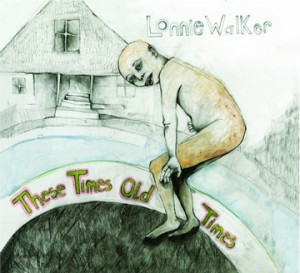 Lonnie Walker: These Times, Old Times
Lonnie Walker: These Times, Old Times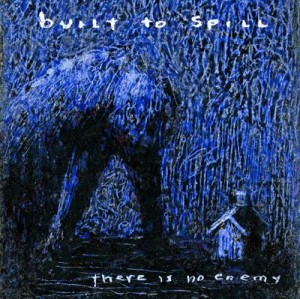 Built to Spill: There Is No Enemy
Built to Spill: There Is No Enemy Hypnotic Brass Ensemble: Hypnotic Brass Ensemble
Hypnotic Brass Ensemble: Hypnotic Brass Ensemble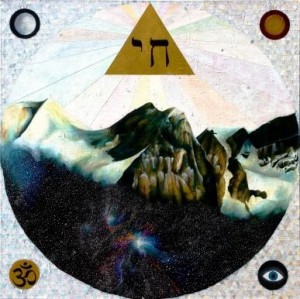 Secret Mountains: Kaddish EP
Secret Mountains: Kaddish EP Bela Fleck: Throw Down Your Heart: Tales From the Acoustic Planet, Vol. 3 -Africa Sessions
Bela Fleck: Throw Down Your Heart: Tales From the Acoustic Planet, Vol. 3 -Africa Sessions Lands & Peoples: Lands & Peoples EP
Lands & Peoples: Lands & Peoples EP Caleb Stine: Eyes So Strong and Clean
Caleb Stine: Eyes So Strong and Clean Wye Oak: The Knot
Wye Oak: The Knot Pontiak: Maker
Pontiak: Maker White Rabbits: It's Frightening
White Rabbits: It's Frightening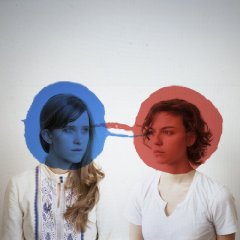 Dirty Projectors: Bitte Orca
Dirty Projectors: Bitte Orca Double Dagger: More
Double Dagger: More Elvis Perkins in Dearland: Elvis Perkins in Dearland
Elvis Perkins in Dearland: Elvis Perkins in Dearland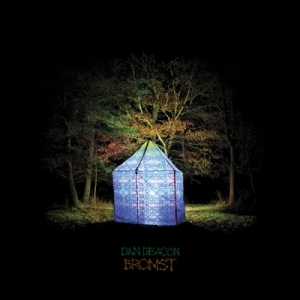 Dan Deacon: Bromst
Dan Deacon: Bromst The Thermals: Now We Can See
The Thermals: Now We Can See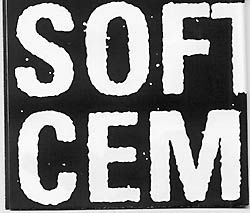 Soft Cement: Think About It EP
Soft Cement: Think About It EP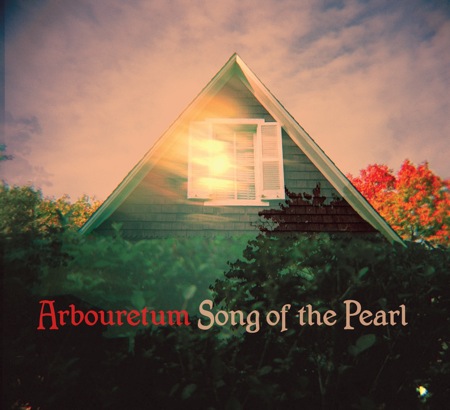 Arbouretum: Song of the Pearl
Arbouretum: Song of the Pearl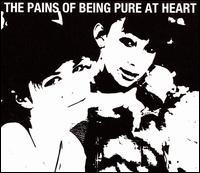 The Pains of Being Pure at Heart: The Pains of Being Pure at Heart
The Pains of Being Pure at Heart: The Pains of Being Pure at Heart Benjy Ferree: Come Back to the Five and Dime, Bobby Dee Bobby Dee
Benjy Ferree: Come Back to the Five and Dime, Bobby Dee Bobby Dee Weekends: Weekends
Weekends: Weekends Height With Friends: Baltimore Highlands 12" LP, Limited-Run Vinyl Only
Height With Friends: Baltimore Highlands 12" LP, Limited-Run Vinyl Only Caverns: Kittens! EP
Caverns: Kittens! EP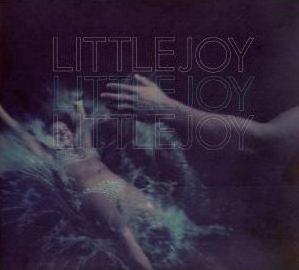 Little Joy: Little Joy
Little Joy: Little Joy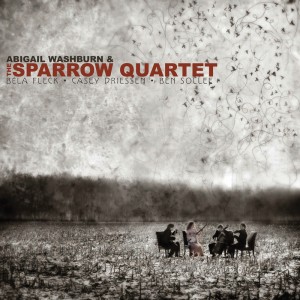 Abigail Washburn & the Sparrow Quartet:Abigail Washburn & the Sparrow Quartet
Abigail Washburn & the Sparrow Quartet:Abigail Washburn & the Sparrow Quartet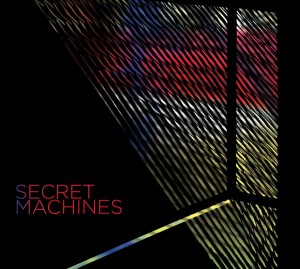 The Secret Machines: Secret Machines
The Secret Machines: Secret Machines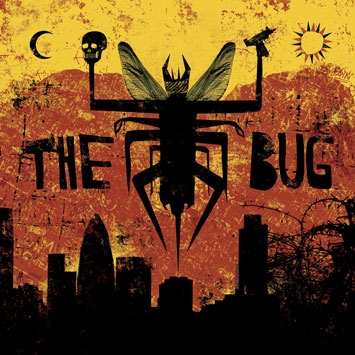 The Bug: LondonZoo
The Bug: LondonZoo 13th Floor Elevators: Psychedelic Sounds of the 13th Floor Elevators (Vinyl Mono LP only)
13th Floor Elevators: Psychedelic Sounds of the 13th Floor Elevators (Vinyl Mono LP only) Arbouretum/Pontiak: Kale (Vinyl LP only)
Arbouretum/Pontiak: Kale (Vinyl LP only) Small Sur: We Live in Houses Made of Wood
Small Sur: We Live in Houses Made of Wood AbeVigoda: Skeleton
AbeVigoda: Skeleton ImperialChina: Methods: EP
ImperialChina: Methods: EP